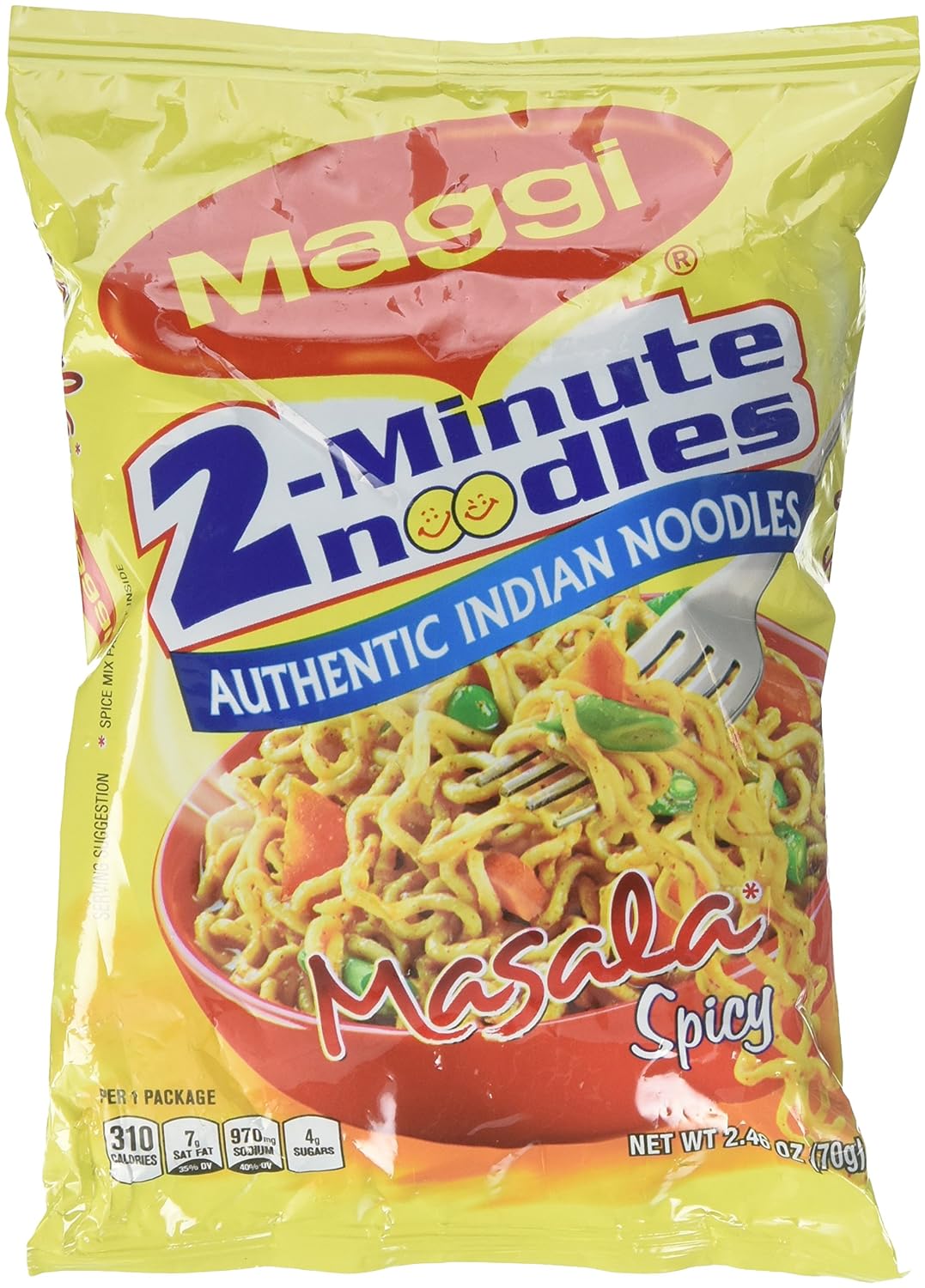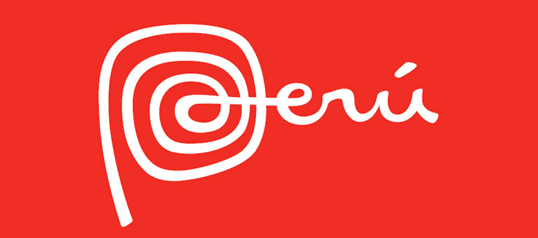Maggi Noodles – Flop to Hit

Thanks to the repositioning of Maggi Noodles, it has been a runaway success so much it has become synonymous with instant noodles
So, how can a brand become the first thing that customers think of? Create a new category that does not yet exist in the minds of consumers, and make the brand synonymous with it. As a species, humans are hardwired to recall things via the process of categorising. Without it, the sheer amount of data would soon be overwhelming.
Noodles were not popular in India in the 1980s. Its popularity was limited to the eastern part of Calcutta, thanks to the Chinese community there. Packaged foodstuffs and snacks were not popular.
How do you get noodles to be as popular as rice or roti?
The First Positioning of Maggi
Instant noodles were a new category that Maggi aimed to capture in customers’ imaginations. They positioned their product as a convenient alternative to traditional meal options. The positioning gave Maggi an early foothold in the Indian market.
The Issues
Maggi possessed a first-mover advantage and an appropriate value proposition, but it failed to break into the Indian market. Following the first upswing, sales were almost flat. Given the prominence of rice and roti in Indian cuisine, Nestle understood it would be challenging to win over Indian customers.
Also, the company knew that if it spent a tonne of money on ads, nobody would listen. To better understand Indian customers, they chose to do extensive research.
Developing a Habit
The goal is to make consumers want the noodles so much that they will purchase the product regularly. Put simply, the brand needed to successfully create a new habit in the brains of its customers. The consumer is more likely to make a purchase and use the product when they have established a habit of doing so.
The extent to which conduct is carried out without cognitive elaboration constitutes the strongest habit, not the frequency of the activity itself.
Maggi had to convince people to start doing something different to break into the Indian market.
Unfortunately, Nestle failed when they marketed Maggi as a dinner and lunchtime substitute for rice and roti. Offering noodles as a meal option can be a winning strategy in other countries. Rice and roti are the staples of Indian lunches and dinners. They still hadn’t gotten around to trying Maggi as a replacement. They were quite resistant to changing their ways.
Maggi was up against customers’ long-established habits rather than competing with other brands or products.
Finding a Gap in Consumer Behaviour
The time and money needed to change people’s habits for lunch or dinner would be high, according to Nestle’s study. It will be quite difficult to stop the habit. Therefore, they needed to seek other possibilities.
One possibility is to seek to discover habits-in-waiting in weak or nonexistent routines. It would be simple to persuade and encourage individuals to change their conduct under such circumstances.
Therefore, try to find a place in the current consumer’s habits where they are least likely to reject change.
To learn about the typical Indian diet and the kinds of foods they like, the Nestle marketing team chose to travel the nation.
The group discovered that most individuals start their day with their normal fare of tea, coffee, roti, paratha, etc. Everyone was in a rush to get everything done during that period. Due to the husband’s job, the children’s school, and the wife’s presence at home, the family was not there for lunch. For the typical middle-class family, this was life.
Another thing the group learned was that snacks needed time to make. As far as fast snacks go, the only options were cold sandwiches. It required some time to make hot appetisers such as samosas, pakoras, vada, poha, and upma.
The Weak Point Faced with the Fewest Obstacles
Nestle found “evening snacks,” a situation in which user behaviour is not strongly biased towards a certain solution and where choices for such snacks were available, but which had significant issues.
The kids would usually be ravenous when they got home from school, so moms would have to whip up a quick meal to feed them. (light fare for the meal). It was a huge source of distress for the moms involved.
The problems became quite clear when Nestle examined the snack food segment.
Foods that are “Ready to Eat” include things like biscuits, bagged chips, and the like. Most people would rather cook it themselves than purchase “Ready to Eat.” Making snacks from scratch was becoming an impractical daily task, especially for working women. It was thought that snacks sold by third parties were unhealthy.
It seems like there was a need in the market for freshly made hot snacks that could be cooked quickly. The second reality is that adults are generally less receptive to sampling new foods than youngsters are. The ideal approach to marketing the product, therefore, would be to portray it as a solution for those times when kids are hungry and moms don’t have time to whip up a hot snack.
Nestle realised that “Maggi” needed to be marketed as a product for “in-between” meals as an alternative to “evening snacks.”
Snacks were seen as lighter and more enjoyable. For kids, hunger strikes at the most inconvenient times, so there are many potential snacking opportunities, such as on the way home from school, after an evening out with friends, or at any other time.
Changing Roles from the Viewpoint of the End User
In response to the question “Mummy Bhookh lagi har,” the product was positioned as a meal that moms could enjoy together, complete with heated, freshly prepared ingredients.
By appealing to parents’ need for ease, Maggi has broken into Indian households and begun to influence their children’s traditional eating patterns. This company has read the minds of Indian moms and is catering to their need for pampering their children.
To know more about the Mummy Bhookh Lagi Hai ad, visit – https://onlykutts.com/index.php/2021/07/09/maggi-noodles-bas-do-minute/




1 Comment